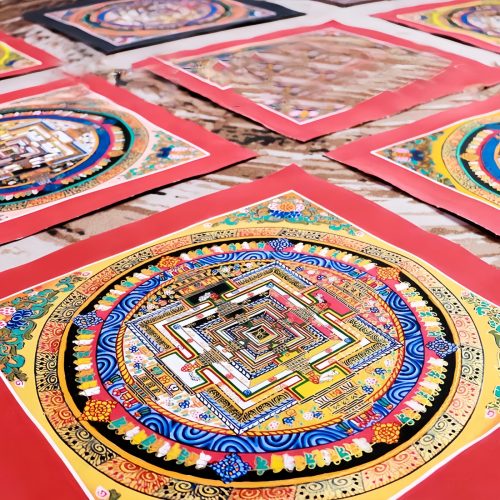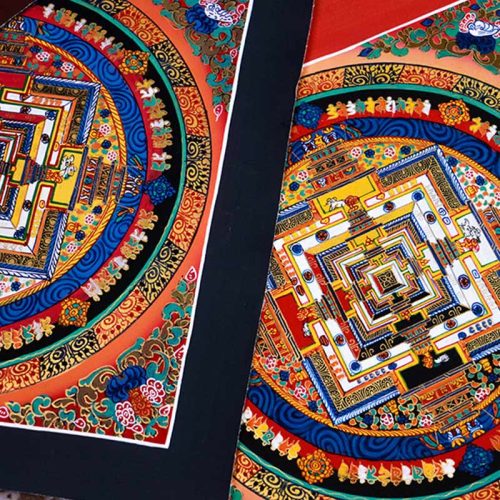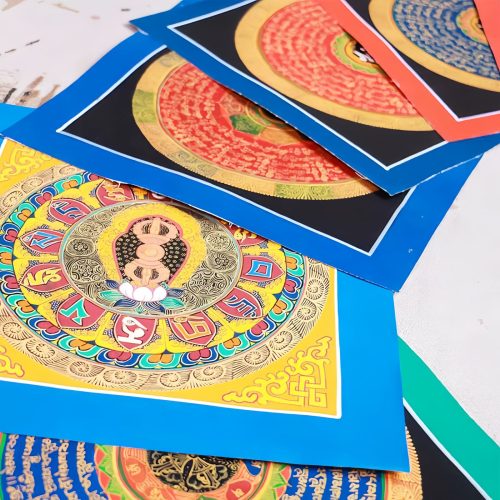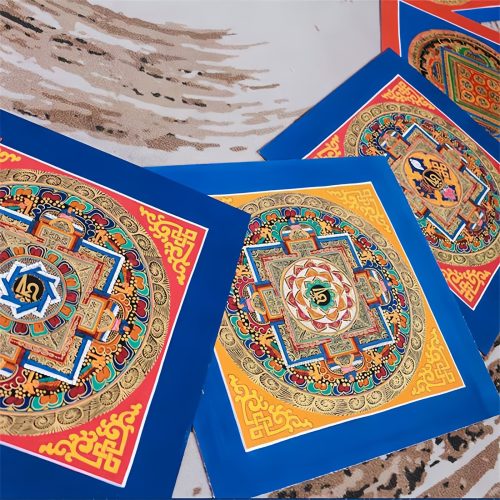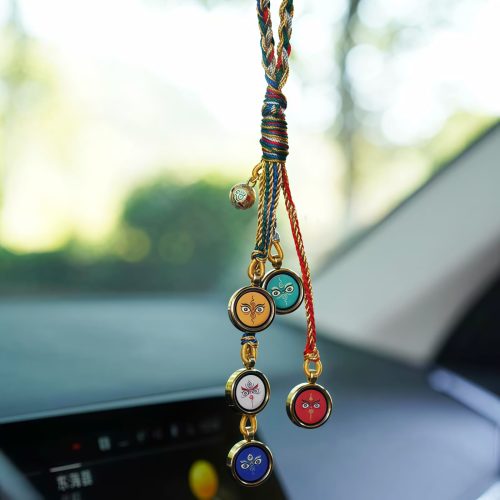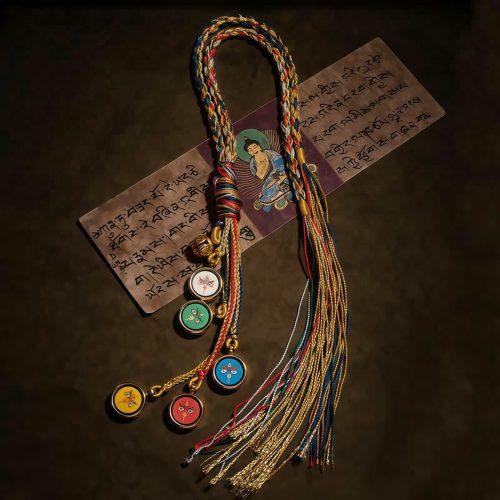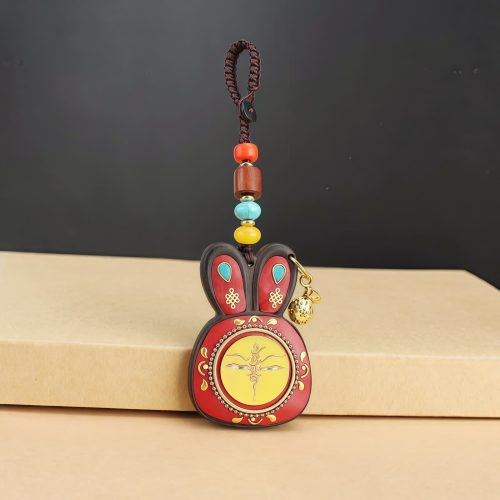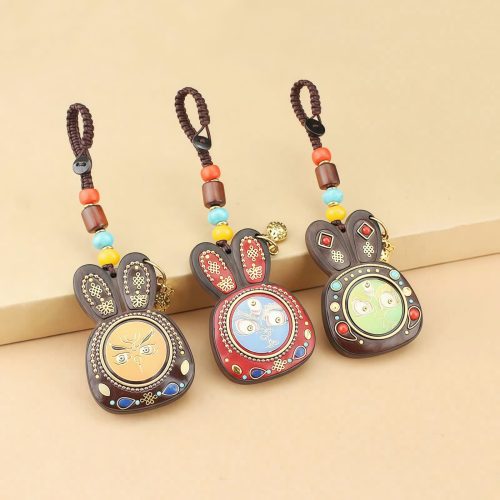Thangka paintings are traditional Tibetan Buddhist devotional artworks, meticulously crafted on cotton canvas or silk with mineral pigments and gold. These sacred pieces serve as profound visual representations of Buddhist deities, mandalas, and spiritual concepts, acting as a focal point for meditation and spiritual practice.
What Exactly Are Thangka Paintings?
Thangka (pronounced 'thang-ka') are scroll paintings central to Tibetan Buddhist art and culture. Originating in the Himalayas, these portable artworks were historically used by wandering lamas to teach Buddhist principles and guide meditation. Each thangka is a complex, hand-painted scroll typically on cotton or silk, prepared with a gesso-like base, then painted with vibrant mineral and organic pigments. Fine gold detailing is often applied to highlight sacred elements.
The creation of a thangka is a highly disciplined and spiritual process, adhering to strict iconographic guidelines and proportions outlined in ancient Buddhist texts. This ensures the artwork accurately conveys its intended spiritual meaning and serves its devotional purpose.
Understanding the Symbolism and Purpose of Thangka Paintings
The imagery within thangka paintings is rich with profound symbolism, designed to convey complex Buddhist philosophy and teachings. Common depictions include:
- Buddhas and Bodhisattvas: Representations of enlightened beings, each embodying specific virtues and aspects of awakening. For example, Avalokiteshvara symbolizes compassion, and Tara represents enlightened activity.
- Mandalas: Geometric diagrams representing cosmic or divine realms, used as a focal point for meditation to achieve inner purification and understanding. They are often highly intricate, symbolizing the universe and the path to enlightenment.
- Life Stories: Narratives illustrating the life of Buddha or significant Buddhist masters, serving as moral and spiritual lessons.
- Wheel of Life (Bhavachakra): A complex diagram depicting the cycle of samsara (existence) and the path to liberation.
Beyond their artistic value, thangkas function primarily as meditation aids and teaching tools. They help practitioners visualize deities, focus the mind during meditation, and internalize spiritual concepts. Displaying a thangka in a sacred space can also imbue the environment with positive spiritual energy and serve as a constant reminder of the path to enlightenment.
How to Choose and Care for a Thangka Painting?
Selecting a thangka painting involves considering its artistic quality, authenticity, and how its imagery resonates with your personal spiritual path.
- Authenticity: Look for thangkas crafted by trained Tibetan or Himalayan artisans who adhere to traditional methods and iconographic standards.
- Imagery: Choose a deity, mandala, or narrative that aligns with your spiritual focus or intentions. Researching the symbolism can deepen your connection.
- Quality: Examine the detail, pigment vibrancy, and overall craftsmanship. High-quality thangkas use natural mineral pigments that retain their brilliance over time.
Proper care is essential to preserve a thangka's artistic and spiritual integrity:
- Display: Hang thangkas away from direct sunlight, moisture, and extreme temperature fluctuations, which can damage pigments and fabric.
- Cleaning: Dust gently with a soft, dry brush. Avoid water or chemical cleaners.
- Storage: If not displayed, roll the thangka carefully around a clean, acid-free tube, always rolling from the bottom upwards, with a protective cloth layer. Store in a stable, dry environment.
Each thangka painting is a profound expression of devotion and an invaluable cultural artifact. By understanding their origins, symbolism, and care, one can appreciate these sacred works as both masterful art and powerful tools for spiritual growth.









